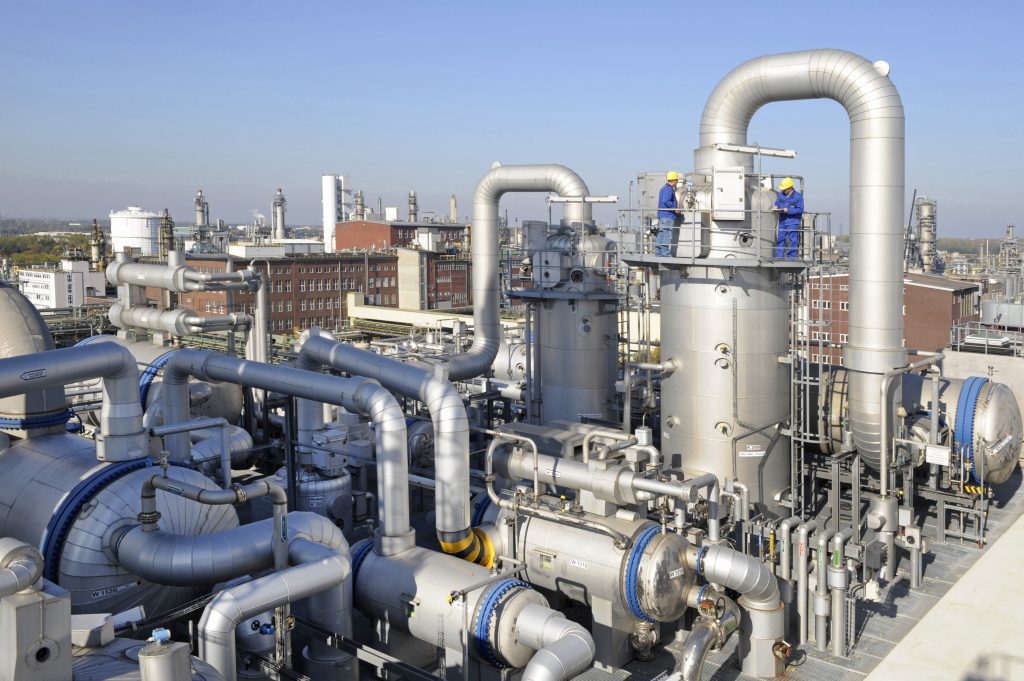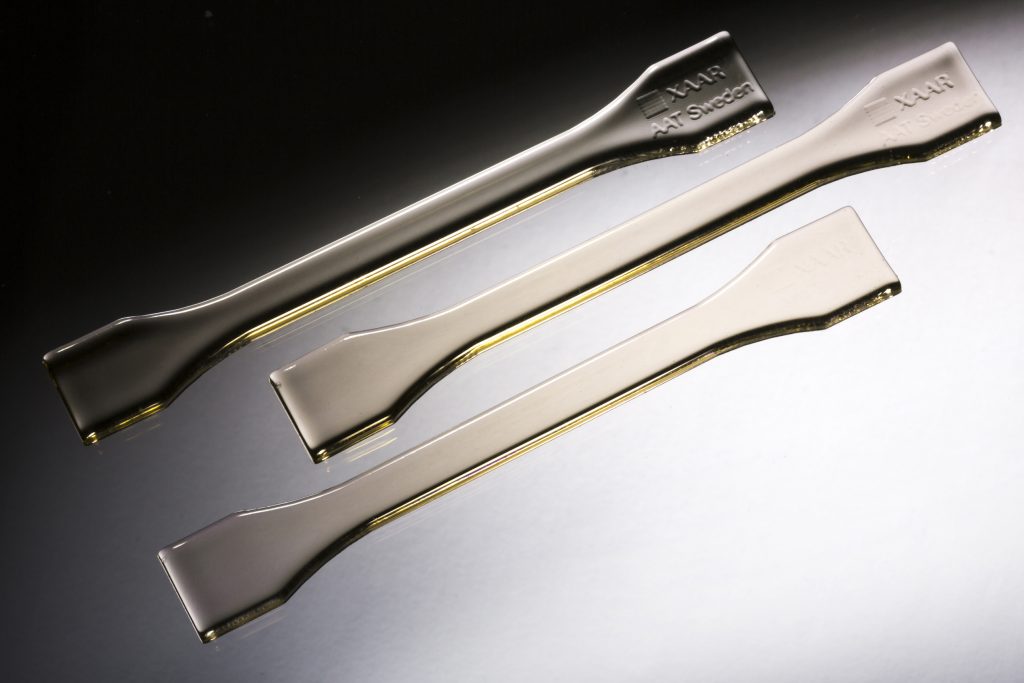German chemical company BASF and British industrial Inkjet company Xaar are to collaborate on research to improve Photopolymer Jetting (PPJ), a material deposition 3D printing process.
The purpose of the research is to investigate how the technology might be best applied to industrial part manufacturing. The technology may then be used by OEMs for smart factories or standalone 3D printers.
The Photopolymer Jetting process
Like other material deposition processes, in PPJ photopolymer droplets are deposited by jetting droplets onto a build bed platform. However, unlike other deposition processes such as SLS, which uses a laser to bind polymer powder, PPJ uses a UV light source to cure the resins once they have been deposited on to a build plate.
In this sense it resembles other photo-polymerization processes such as UV inkjet printing, which was used earlier this year to 3D print medicines suitable for oral consumption.
Throughout the 3D printing process, the jetting process is repeated layer-by-layer, until the intended 3D object is created. Support photopolymers are also used where necessary.

BASF and Xaar
The collaboration has, according to Xaar (which has also researched high speed sintering technologies), so far produced improvements on existing processes. Xaar has produced industrial inkjet printheads with “TF Technology ink recirculation” and “High Laydown Technology”. BASF has also trialled newly developed photopolymers.
Xaar’s High Laydown Technology enables deposition rates of up to 20 layers per hour at 720 dpi with the Xaar 2001+ machine. Xaar’s Chevron actuator and TF Technology enable the use of high viscosity and high particle-loaded fluids, including the refined photopolymers developed by BASF.

PPJ Industrialisation
With the refinement of the process, Xaar CEO Doug Edwards stated that the companies were “now ready to bring in more partners from a range of industry sectors to implement the solution.”
Edwards also praised the benefits of the collaboration, stating that “with the new photopolymers developed by BASF, we have proven that significant improvements can be achieved using a combination of technologies from both companies.”
3D printing MD at BASF, Volker Hammes, added that “the solution arising from this collaboration will enable manufacturers to produce significantly better parts, more reliably, at higher production levels and which better meet their cost targets.”
For more information on 3D materials, subscribe to our free 3D Printing Industry newsletter, follow us on Twitter, and like us on Facebook.
Featured image shows PPJ produced parts by BASF and Xaar. Photo via Xaar.


